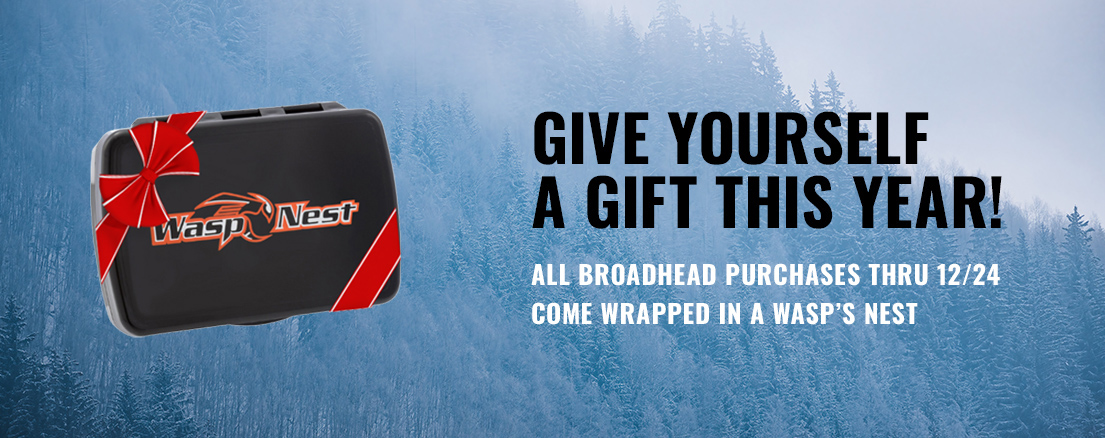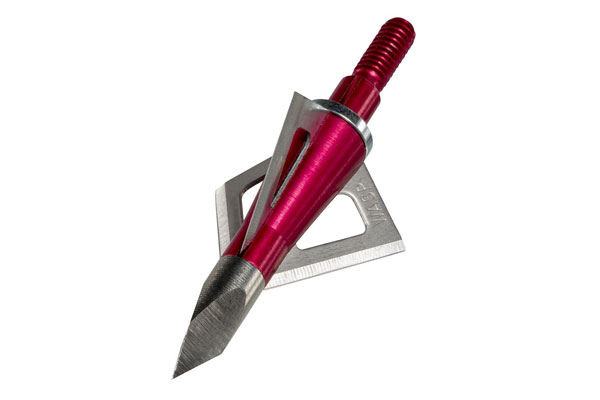Getting Started in Traditional Archery
Traditional Archery Series Part 1: Gearing Up
Simply put, everyone should give traditional archery a try. A lot of people find it to be more fun than shooting a compound while others enjoy more of a challenge in their hunting. Whatever your reason, June is a great month to get started by getting the necessary gear. We’ve partnered with the folks at 3Rivers Archery and this is the first of our 3-part series on going trad. Our next two blogs address finding accuracy with a traditional bow and then getting hunt ready.
Step 1: Understand key terms
The first step in this process is to make sure you understand a few key terms in the traditional archery world starting with the word traditional. Traditional archery is often associated solely with wooden bows shooting wooden arrows. While that is accurate, it leaves out a lot of modern takes on traditional designs. For the sake of simplicity, we’ll say that traditional archery means shooting a vertical bow that is not a compound and therefore has no let off. No let off means the archer is holding all the weight the bow limbs create and the farther you draw the bow the more weight you are holding.
Other key words/phrases you need to understand:
- Recurve Bow: The bow limb tips curve away from shooter
- Long Bow: Has straight limbs and bow forms a D-shape when strung
- Anchor Point: The spot on your face that your string hand goes to when drawing.
- Draw Length: A measurement in inches that determines how far you draw a bow to reach your anchor point.
- Draw Weight: The amount of weight in pounds you are pulling at your draw length. (most bows are measured at a 28-inch draw length so you would need to add or subtract roughly 2-lbs per inch based on your draw length.
- Tab or Glove: What the shooter wears on their fingers or hand to prevent soreness from the
bowstring when shooting
Step 2: Equipment
The next step is getting equipment. You need a bow, a tab or glove, an arm guard, arrows matched to your draw length and weight and a safe target or backstop. If you have a friend that is already a traditional archer, you may be able to borrow some gear to see what you like, otherwise you can try your local archery shop or do your shopping online. If you go to a local pro shop make sure they are willing and able to ensure sure your gear fits and functions for you as an individual. Otherwise you can spend some time online and check out places like 3Riversarchery.com. And like a lot of things in life, you can spend more or less depending on your tastes.
Once you decide on the style of bow you want (recurve or longbow) you next determine a draw weight at your draw length. Go lighter on the weight even if you have been shooting a compound for years. You want to develop good form and fighting to get to full draw does not help. If you’ve been pulling 60-70-lbs on a compound, something in the 30-40-lbs range at your draw length would be a good place to start with a traditional bow. Remember no let off, so you’ll be holding all that weight while attempting to draw to your anchor point and aim.
You’ll obviously need some arrows and carbon is a great place to start. Be sure to match the spine or size of your arrows to your draw length and draw weight. The folks at 3Rivers do a great job explaining how to do that here. Keep it simple at first and opt for 3 feathers for the fletching on your arrow with some offset for stability in flight. You will need a field point for each arrow that roughly matches the diameter of the arrow shaft.
Step 3: Shoot!
The final stage in gearing up is have somewhere to shoot. If you’re already a compound shooter you’ve probably got this covered. But if not check out this how to on creating a place to shoot.
Next month will get into proper shooting form and finding accuracy. Be sure to sign up for the Wasp newsletter so you don’t miss it!
View All Posts

